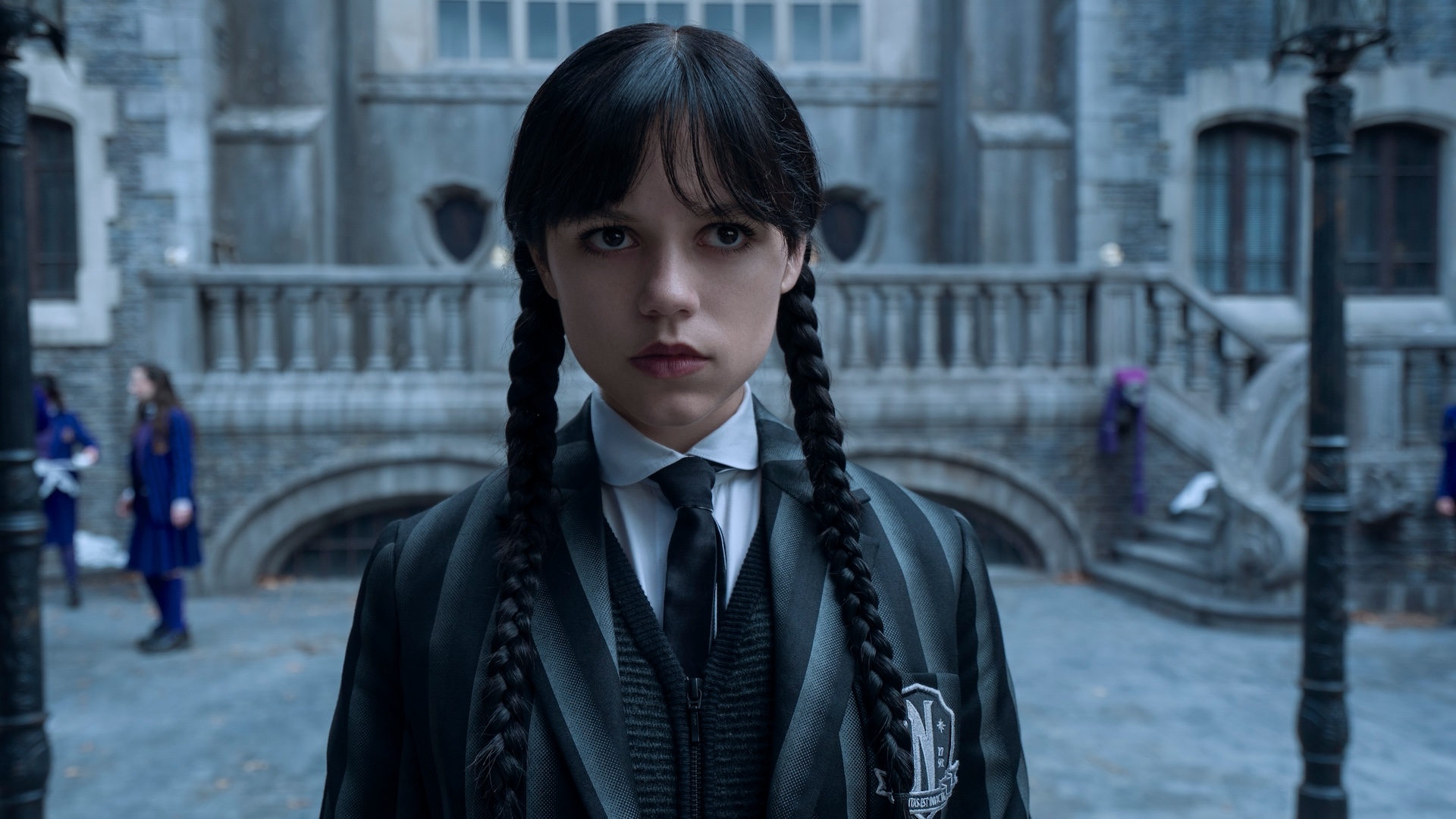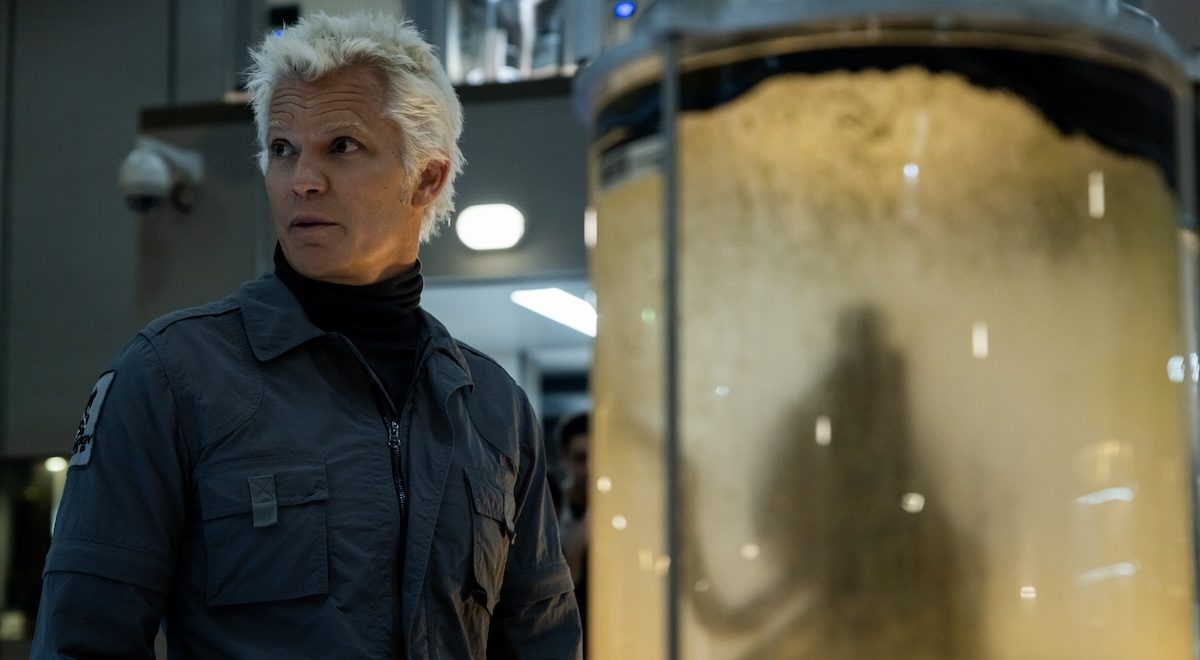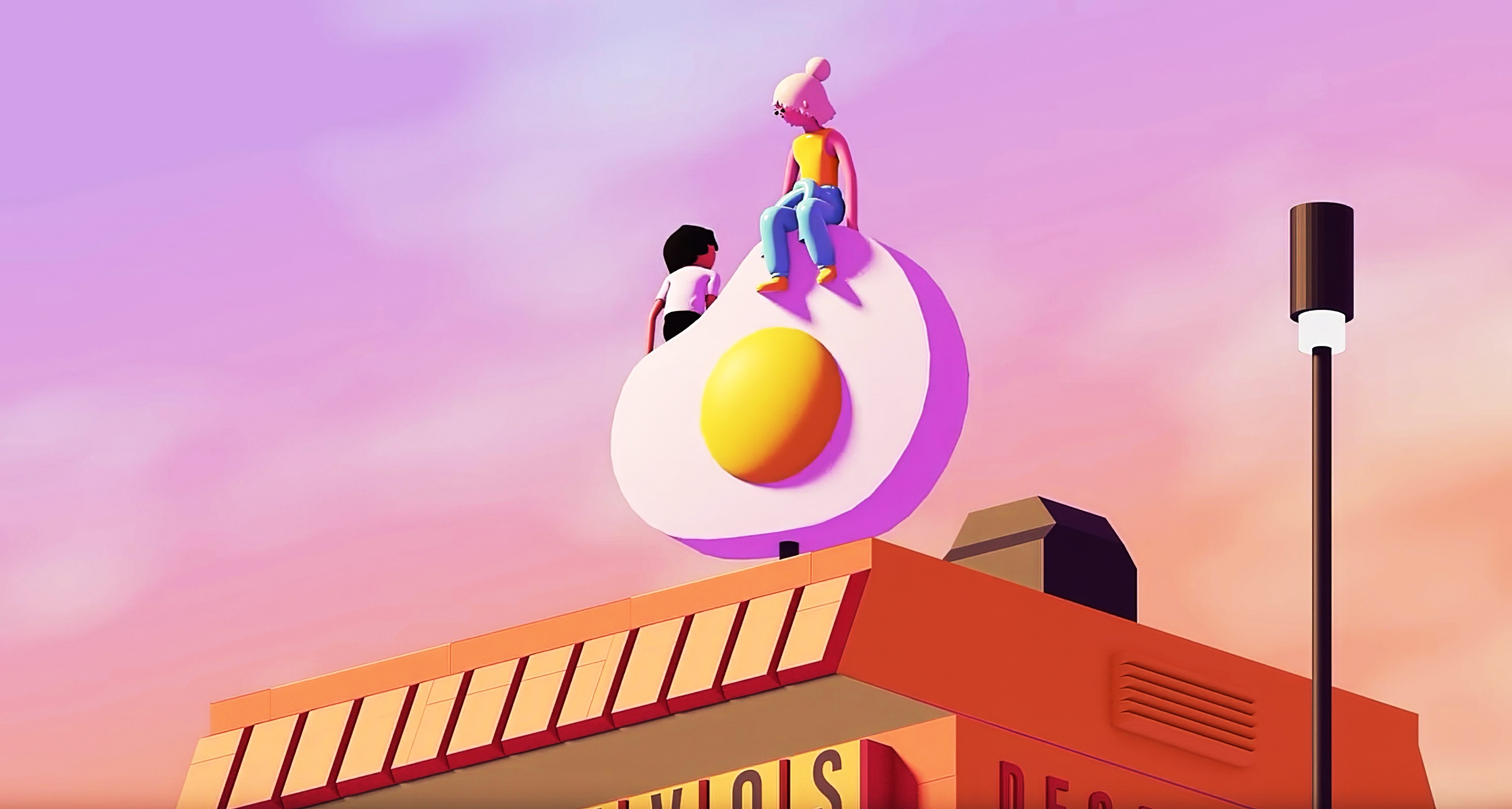Alfred Gough and Miles Millar have been writing together ever since they met at USC’s Peter Stark producing program in the early ’90s and sold their first script (“Mango,” about a cop and an orangutan) to New Line Cinema.
After countless movies (“Beetlejuice Beetlejuice,” “Spider-Man 2”) and TV series (“Smallville,” “Charlie’s Angels”), this week they premiere Season 2 of their popular series “Wednesday,” executive-produced by Tim Burton, on Netflix. Having sampled the first four episodes (which will premiere on August 6, followed by the final four episodes on September 3), I can attest that Season 2 is even more delicious than Season 1.
For one thing, for budget reasons, the showrunners had to trim some Season 1 subplots, thus relying more heavily on young star Jenna Ortega, now age 22, in the title role of Addams daughter Wednesday, an amateur supernatural detective in her first year at outsider school Nevermore Academy. This time around, with Netflix loosening the purse strings, the series expands with new characters including eager-to-please Nevermore Principal Dort (Steve Buscemi) and Grandmama Hester Frump (Joanna Lumley), while giving more time to Wednesday’s parents Morticia (Catherine Zeta-Jones) and Gomez (Luis Guzmán) as well as her brother Pugsley (Isaac Ordonez), Uncle Fester (Fred Armisen), and Thing (Romanian magician Victor Dorobantu).
Until the pandemic, the partners, who both live in the Larchmont neighborhood of Los Angeles, would meet every day to write from 9 a.m. to 6 p.m. with an hour off for lunch. “We’ve worked literally seven days a week for 20 years,” said Gough, who thanks several mentors, including the late great Laura Ziskin and Leonard Goldberg, for steering them in their early years.

“Wednesday” came to them in 2018 after they had just finished five years of running two shows, “The Shannara Chronicles” and “Into the Badlands.”
“One was shot in New Zealand, one was shot in Ireland,” said Gough. “So we’d just gotten back, and we were looking for a smaller show set in America, present day. We were looking around for a character again, like ‘Smallville’ [Superman]. Is there a chapter in their life that nobody knows? And so we came on Wednesday Addams.”
“It was elevated,” said Millar. “It was a satirical look at Norman Rockwell America.” They got approved by the Addams estate and MGM and created a series bible featuring Wednesday as a detective chasing down Nevermore mysteries. “She’s very funny, of all the characters in the Addams family, she’s always the most memorable,” said Gough. “And she brought an interesting worldview to the table. She’s not Nancy Drew, right? She does things because she believes she’s the smartest person in the room. She’s the only one who can solve it.”

In 2019, they pitched their series everywhere. No one wanted it. Only Netflix, but they couldn’t close a deal with MGM. “We thought it was dead,” said Gough. Then during the pandemic, MGM stepped up with money for a virtual writers’ room, and the writers broke out the first season and started writing episodes. They sent the series to Tim Burton, who never does TV, and four days later, he jumped on board. (He could tell they wrote it for him.) At first, he wanted to direct every episode, but they kept him to the pilot and a total of four.
When the writers took “Wednesday” back to the same people with the scripts and Burton attached, they got the same result. “There was a lot of turmoil going on at some of these streamers,” said Gough. “They couldn’t own the whole thing; they didn’t own the ancillaries, the products, and the toys.”
Netflix did make a deal this time. And the series was a hit. And for Season 2, they got a budget bump. And the showrunners had the confidence to go for broke with pithy one-liners, from Uncle Fester’s heartfelt goodbye to his snaggletoothed romantic interest: “Of all the women I’ve used, you’re my favorite!,” and Wednesday’s “I don’t have FOMO, I have a fear of being included” — she’s horrified by her overwhelming popularity — to her comment on her werewolf roommate’s Beowulf t-shirt: “Nothing like a bad pun to throw dirt on the coffin of epic poetry!”
“We get notes like, ‘Nobody will understand,’” said Millar. “We don’t care.”

“We don’t care,” said Gough. “We’re like, ‘Literally, Google it.’”
“It was like, ‘Most 16-year-olds wouldn’t say that or know that,’” said Millar. “Well, most wouldn’t, but she would. We’re not 16-year-old girls, we’re not 20-year-old girls, we’re men of a certain age. And we bring that level of experience and cultural awareness to that character, and that’s who she is.”
“We also have, between us, four daughters,” said Gough. “Yeah, right in the demo, by the way, between 18 and 25.”
Which is partly why the writers leaned into Wednesday and Morticia’s mother-daughter conflict. “Catherine is having a ball,” said Millar. “It’s rare that you get to do so many different things. The show definitely dances in a lot of different tones. So, she goes from a very emotional scene with her mother and daughter to a sword fight.”
And Thing is more front and center in this series; he even gets drunk in one episode. Back in Season 1, the writers saw how audiences responded in Episode 7 when Thing got stabbed. “People were so shocked. ‘Is he going to die?’”
When they were prepping Season 1 in Romania, they did extensive auditions for Thing. “We auditioned people who had dexterous fingers,” said Gough. “So we auditioned pianists, cellists, and magicians — they had the card tricks. We sat with Tim in a conference room in the studio, and all these people came in and did a little walk on the table. And some had fingers that were too fat or too thin or too long. And then Victor Dorobantu came in. His fingers moved in a naturalistic way and added some humanity to it. Our visual effects supervisor Tom Turnbull spent four weeks with him in Thing boot camp, just trying to figure out what he could do.”

He’s not signing, which requires two hands. “He does his own language,” said Gough. “Sometimes, you can understand the gestures and emotions. It’s a risk to put so much weight on him as a disembodied man. But he brings a reality and veracity to it.” Usually shot by a second unit crew, on set, Dorobantu is wearing a full blue suit with his hand exposed. About 5 percent of the shots that he can’t do physically are filled in by CG.
Happily, Burton got to play with stop-motion animation for the first time in a while, telling the story of the Corpse Tree via his “Corpse Bride” team at Stockport’s Mackinnon and Saunders, He designed the head of the boy.
Next up: Gough and Millar are already in the writers’ room with five other scribes on Season 3. And Burton will be back. “Once he’s into something,” said Gough, “he’s invested in it.”



